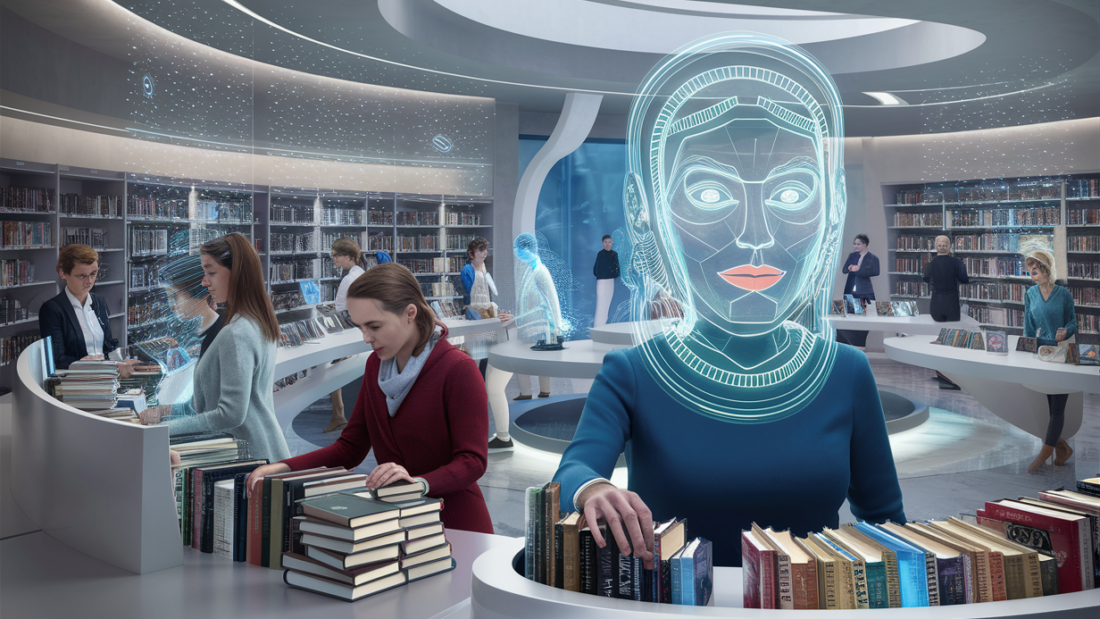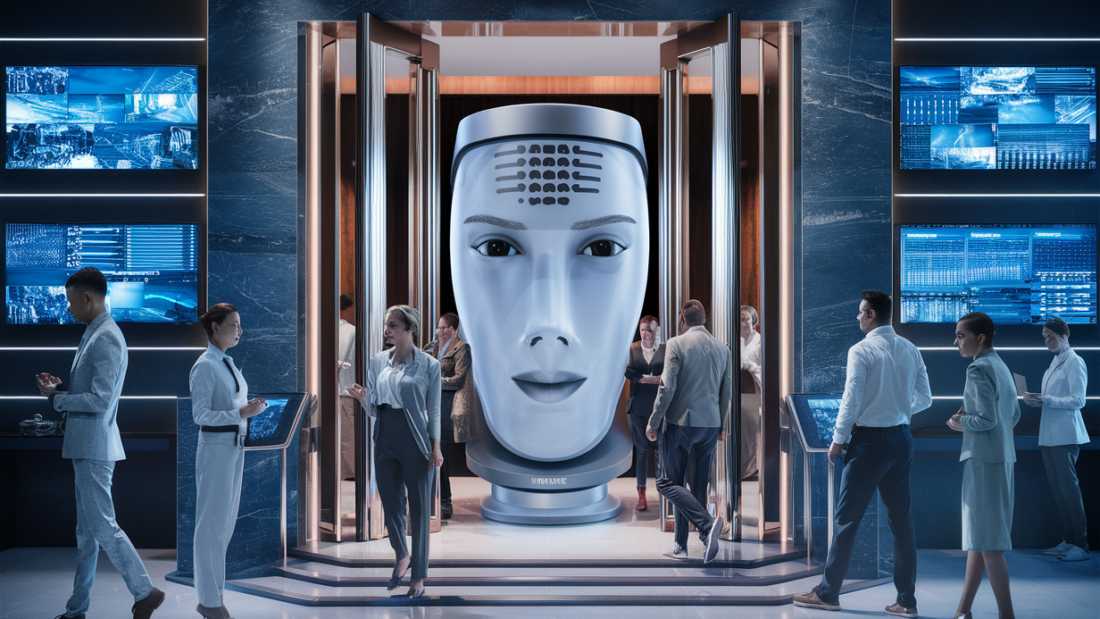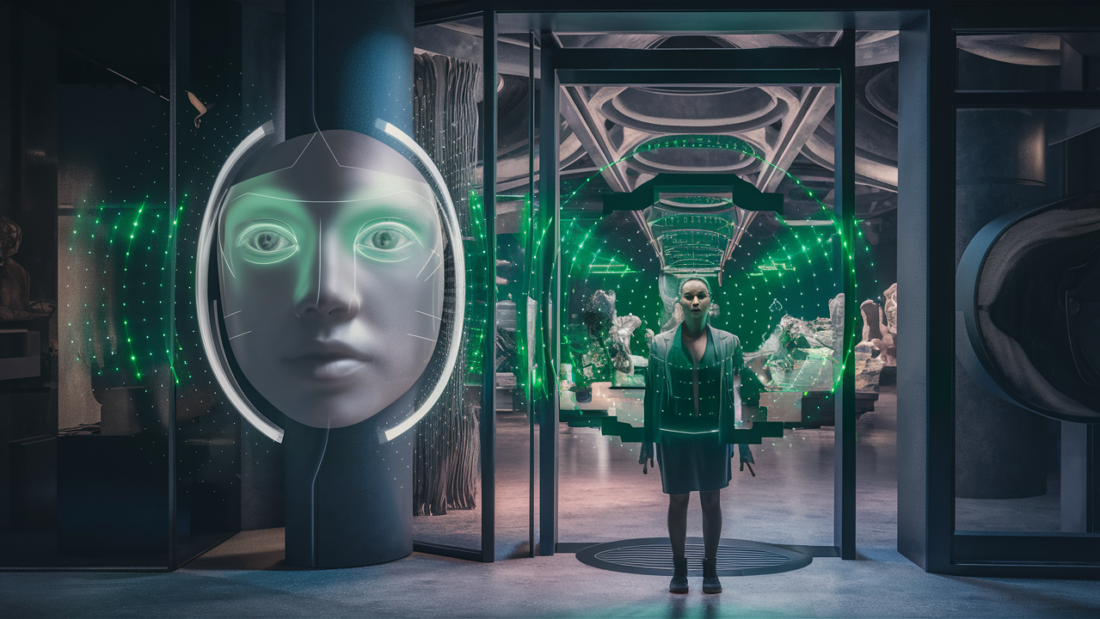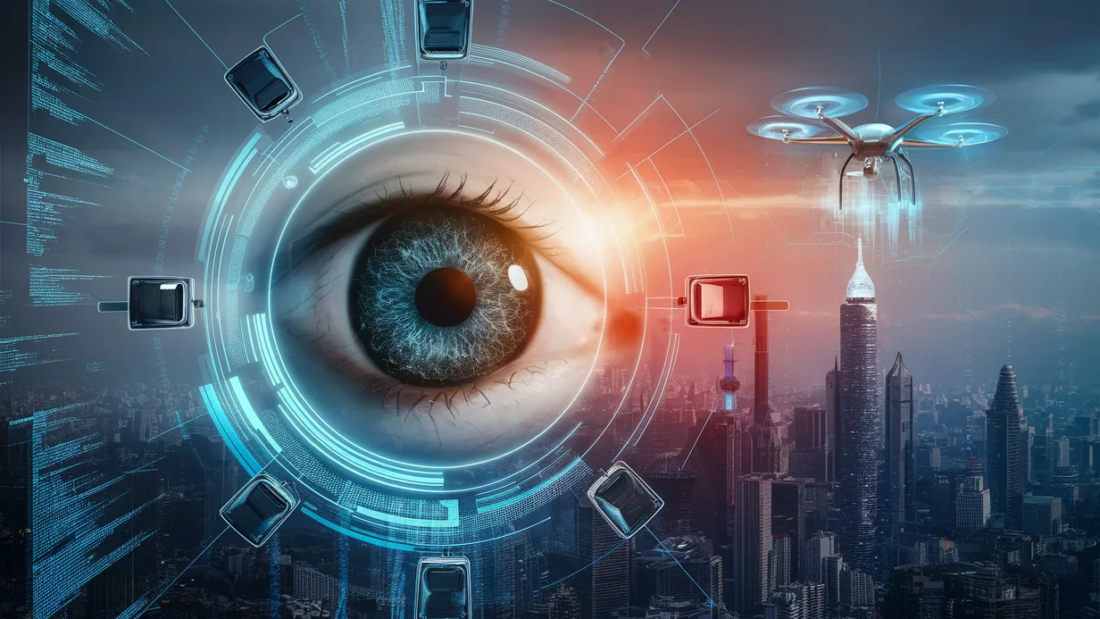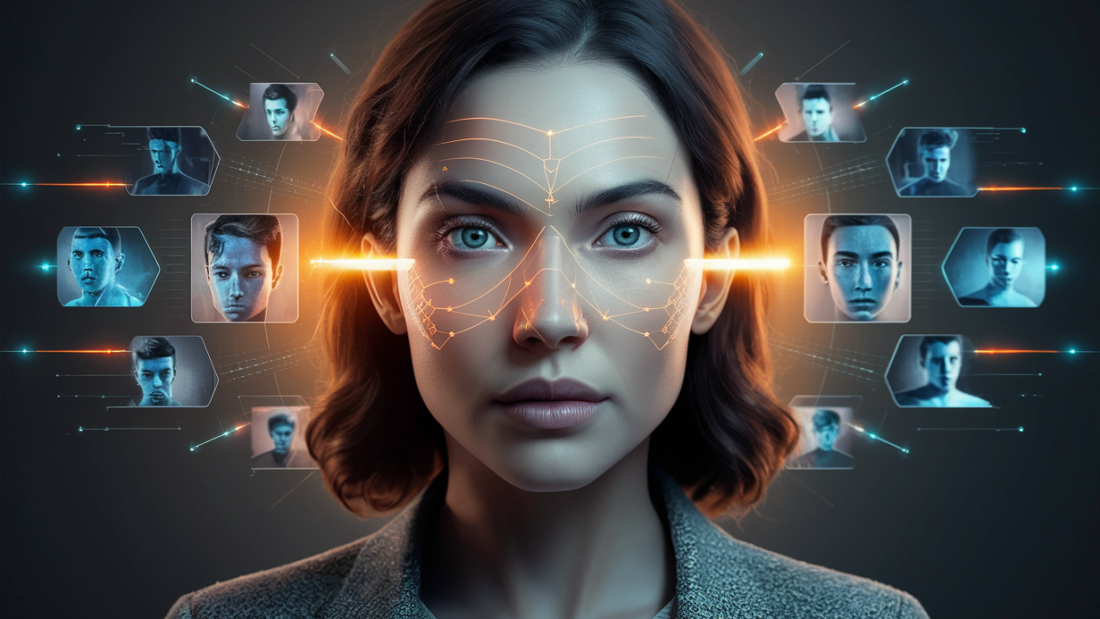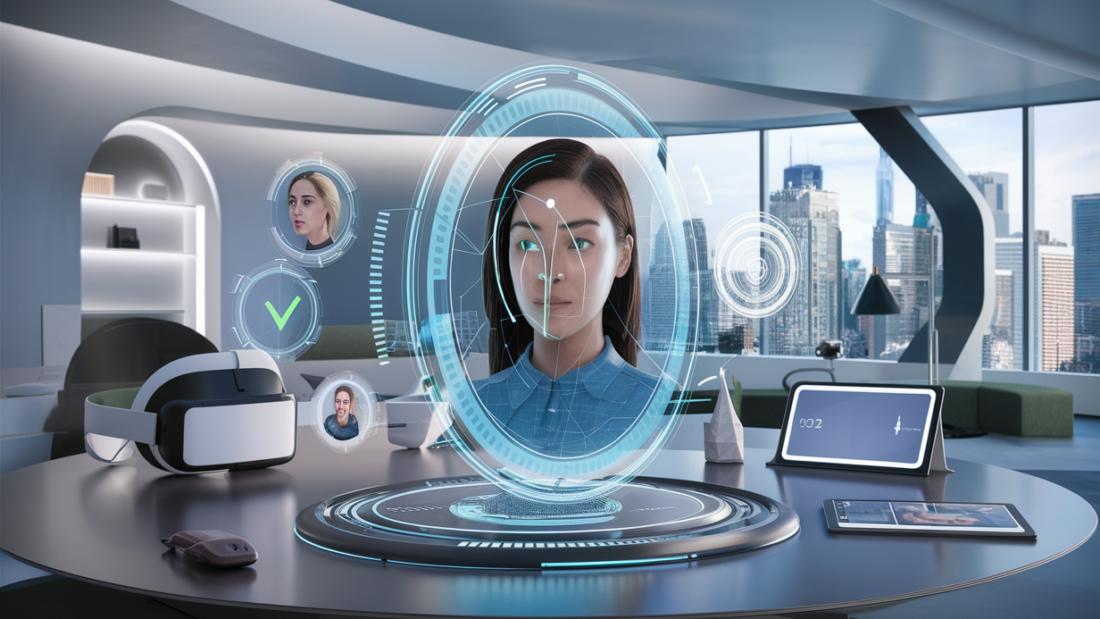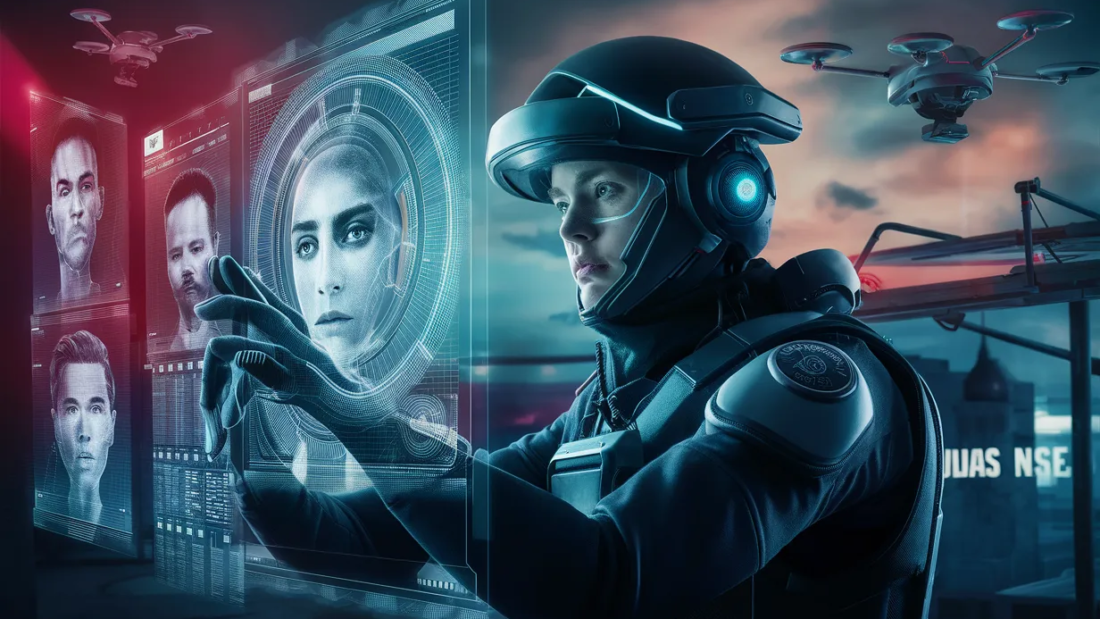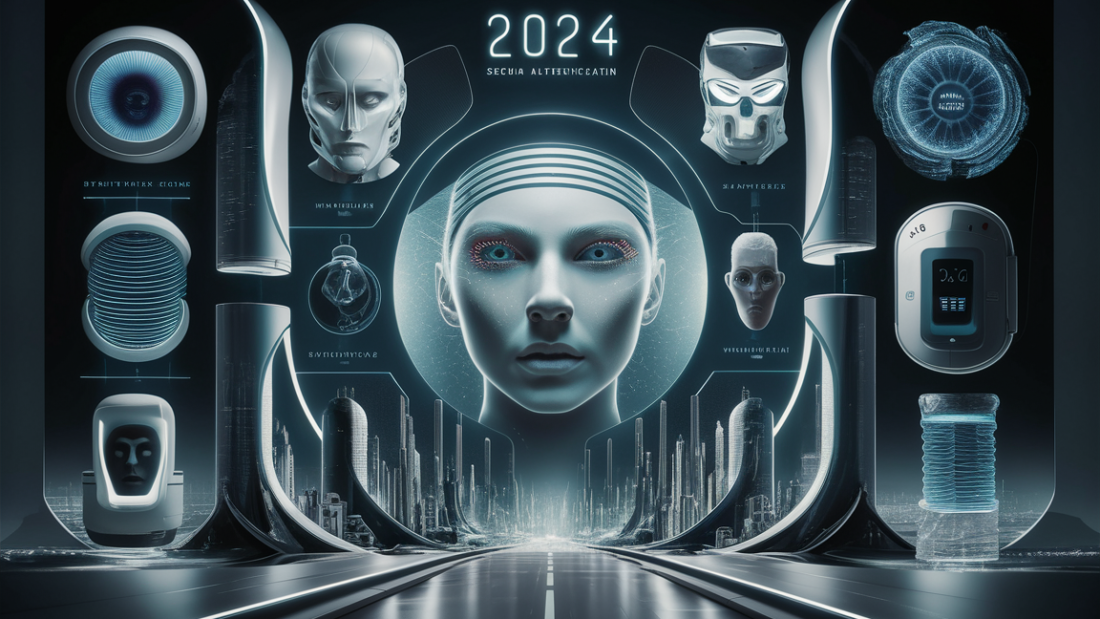Did you know that by 2022, online videos will make up more than 82% of all consumer internet traffic? Video analytics is the game-changer in this digital landscape. It offers insights into viewer behavior, engagement levels, and content performance like never before. From tracking views and click-through rates to understanding audience demographics, video analytics provides a treasure trove of data for optimizing your content strategy and boosting ROI. Stay ahead of the curve by harnessing the potential of video analytics, machine learning, intelligent CCTV, cameras to drive growth, enhance user experience, and make informed decisions that resonate with your target audience.
Key Takeaways
Implement video analytics to track and analyze data effectively.
Leverage video analytics features to enhance warehouse management and improve supply chain visibility.
Prioritize safety and security by utilizing video analytics for monitoring and risk mitigation.
Stay updated on innovations in technology to maximize the benefits of video analytics.
Engage with industry professionals to exchange insights and best practices for optimizing video analytics solutions.
Take action now to integrate video analytics into your operations for improved efficiency and decision-making.
Exploring Basic Principles
Data Collection
Video analytics involves the analysis of data collected from video sources to extract meaningful insights. The primary purpose is to enhance security with intelligent video analytics, optimize operations, and improve decision-making processes using applications and analytics software.
In video analytics, data collection from cameras is crucial as it provides the foundation for further analysis including tracking, detection, and intelligent CCTV. By capturing video footage from various sources such as surveillance cameras or drones, a rich pool of information is generated for processing.
Efficient data collection ensures that a diverse range of information is available for analysis. This includes details about objects, movements, patterns, tracking, and scenarios captured within the video footage using cameras.
Data Analysis
The analytic process in video analytics involves utilizing domain knowledge and advanced algorithms to interpret the collected data. Through this process, objects within the video are identified, tracked, detected, and categorized for further examination.
Data recognition plays a vital role in video analytics by enabling systems to differentiate between various elements present in the footage. This includes recognition and detection of faces, license plates, gestures, or any other relevant subjects based on predefined criteria in applications using cameras.
By employing sophisticated models, video analytics systems can accurately analyze and interpret the visual content. These models are trained using vast amounts of data to enhance their ability for recognition, detection of patterns and anomalies effectively.
System Components
A typical video analytics system comprises several key components that work together to deliver comprehensive insights. These components include cameras for capturing footage, a subject database for reference comparisons, processing units for real-time analysis, and reporting interfaces for presenting findings with video analytics solution.
The subject database serves as a repository of known entities that are used as references during data analysis. By comparing objects detected in real-time with those stored in the database, the camera system can accurately identify individuals or objects of interest.
Real-time processing units play a critical role in analyzing incoming video streams promptly. These units apply algorithms to detect anomalies, trigger alerts based on predefined rules, and generate reports for further action.
Understanding Industry Challenges
Implementation Hurdles
Industries often face challenges in implementing video analytics, such as high initial costs for setup and maintenance. The complexity of integrating new technologies into existing systems can also pose a barrier.
Industries struggle with data privacy concerns when utilizing video analytics, especially in sectors dealing with sensitive information like healthcare or finance, where camera detection of subject and object is crucial. Ensuring compliance with regulations adds another layer of complexity to the implementation process.
Operational Impact
These challenges can significantly impact business operations, leading to delays in decision-making processes and hindering overall efficiency. Inadequate implementation of video analytics, camera detection, and object may result in inaccurate data analysis, affecting strategic planning and resource allocation.
Moreover, industries that fail to address these challenges risk falling behind competitors who leverage video analytics effectively. This can lead to missed opportunities for growth and innovation within the market landscape.
Successful Examples
Despite these obstacles, some industries have successfully navigated the challenges of implementing video analytics with camera and object. For instance, the retail sector has utilized video analytics to enhance customer experience by analyzing shopping patterns and optimizing store layouts.
In the manufacturing industry, companies have overcome implementation hurdles by using video analytics for quality control and predictive maintenance. This has resulted in improved production efficiency and reduced downtime.
Video Analytics Features
Essential Features
A robust video analytics software should offer a range of essential features to optimize surveillance and analysis. These include motion detection, face recognition, and algorithm analytics for efficient processing of video content. The software should provide intelligent video analytics capabilities to enhance accuracy and precision in identifying relevant information within video footage.
Motion detection
Face recognition
Algorithm analytics
Intelligent video analytics
Real-Time Monitoring and Alerts
Real-time monitoring and alerts play a crucial role in enhancing the effectiveness of video analytics solutions. By enabling immediate notifications for events such as unauthorized access or suspicious activities, organizations can swiftly respond to potential security threats. This feature ensures proactive surveillance and timely intervention, minimizing risks and enhancing overall security measures.
Immediate notifications for unauthorized access
Swift response to security threats
Proactive surveillance for risk mitigation
Role of AI and Machine Learning
AI and machine learning technologies are pivotal in advancing video analytics software capabilities. These technologies enable the software to learn from patterns in video data, improving accuracy in detecting anomalies and identifying specific objects or individuals. By leveraging AI-driven algorithms, organizations can achieve sophisticated levels of analysis, leading to more precise insights from video streams.
Learning from patterns in video data
Improved accuracy in anomaly detection
Identification of specific objects or individuals through AI algorithms
Warehouse Management Benefits
Optimized Inventory
Video analytics in warehouse management offers optimized inventory tracking, ensuring real-time visibility and accuracy in stock levels. By utilizing video data, businesses can monitor stock movements efficiently.
Implementing video analytics allows for automated inventory checks through image recognition technology, reducing manual errors and enhancing inventory accuracy. This streamlines the process of tracking items within a warehouse environment.
Enhanced Security
With video analytics, warehouses experience enhanced security measures through real-time monitoring of activities. The system can detect unauthorized access, theft, or suspicious behavior promptly, improving overall warehouse security.
Utilizing video analytics enables warehouses to set up geofencing alerts, triggering notifications for any breaches or unusual movements within designated areas. This proactive approach enhances security protocols and minimizes risks effectively.
Cost-Saving Potential
The integration of video analytics in warehouse management presents significant cost-saving opportunities. By optimizing operations and enhancing security, businesses can reduce losses due to theft, errors, or inefficiencies.
Costs associated with manual inventory checks are minimized through the automation provided by video analytics. This leads to improved operational efficiency and reduced labor expenses in managing inventory levels accurately.
Enhancing Supply Chain Visibility
Tracking Efficiency
Video analytics plays a crucial role in enhancing supply chain visibility by providing real-time insights into tracking efficiency. By utilizing video data, companies can monitor the movement of goods and assets within their supply chain.
This technology enables businesses to track shipments from physical stores to warehouses, distribution centers, and ultimately to the end customer. Through advanced algorithms and AI-powered tools, organizations can optimize routes, predict delivery times accurately, and identify potential bottlenecks in the supply chain.
Impact on Efficiency
The impact of enhanced visibility on supply chain efficiency is profound. With improved tracking capabilities, companies can minimize delays, reduce inventory holding costs, and enhance overall operational efficiency. Real-time monitoring allows for proactive decision-making and quick responses to unexpected events.
By leveraging video analytics, companies can streamline their operations, increase productivity, and ensure timely deliveries. This results in cost savings, improved customer satisfaction, and a competitive edge in the market.
Successful Optimization Examples
Walmart: The retail giant utilizes video analytics to track inventory levels in real-time across its stores and distribution centers. By optimizing supply chain visibility, Walmart has significantly reduced stockouts and improved inventory management accuracy.
Amazon: Amazon employs video analytics to monitor warehouse operations and shipment processes. This technology helps Amazon streamline its logistics operations, leading to faster order fulfillment and enhanced customer experiences.
UPS: UPS uses video analytics to track package movements throughout its supply chain network. By enhancing visibility through video data analysis, UPS has achieved greater operational efficiency, reduced delivery times, and increased customer satisfaction rates.
Improving Safety and Security
Enhancing Safety Measures
Video analytics plays a crucial role in enhancing safety and security measures by providing real-time monitoring and analysis of security camera footage. By utilizing advanced algorithms, video analytics can detect suspicious activities, unauthorized access, or potential threats in various security zones.
Integrating video analytics with existing security systems enables proactive measures to be taken to prevent incidents before they escalate. For example, intelligent CCTV systems can automatically alert security personnel when unusual behavior is detected, allowing for immediate intervention to address the situation.
Preventing Incidents and Mitigating Risks
One key benefit of video analytics is its ability to prevent incidents such as theft, vandalism, or unauthorized access. By continuously monitoring surveillance feeds, video analytics can identify anomalies and trigger alarms to notify security staff promptly.
Moreover, video analytics can help in traffic management by detecting congestion or accidents in real-time. This feature is especially useful in large facilities or public areas where traffic jams can pose safety risks. By alerting authorities to these situations promptly, potential accidents can be avoided.
Importance of Integration with Existing Protocols
Integrating video analytics with existing safety protocols enhances the overall effectiveness of security measures. By combining the capabilities of access control systems, alarms, and surveillance cameras with video analytics, organizations can create a comprehensive security solution that covers all aspects of their security domain.
This integration allows for a more holistic approach to security management, where data from various sources are analyzed together to provide a complete picture of potential risks. By leveraging the power of video analytics alongside traditional security measures, organizations can significantly improve their ability to respond to security threats effectively.
Innovations in Technology
IoT Integration
IoT integration is revolutionizing video analytics by enabling seamless connectivity between devices for enhanced data collection and analysis. This advancement allows for real-time monitoring and decision-making capabilities, improving overall operational efficiency.
The integration of artificial intelligence and machine learning algorithms in video analytics systems has significantly enhanced their capabilities. By leveraging these technologies, organizations can now automate tedious tasks, extract valuable insights from vast amounts of data, and improve decision-making processes.
Emerging Trends
The rise of computer vision technology has paved the way for more sophisticated applications in video analytics. With the ability to interpret visual data from cameras, computer vision enhances surveillance systems by enabling facial recognition, object detection, and behavior analysis.
In recent years, there has been a surge in the adoption of video analytics solutions in various industries, including retail, transportation, and healthcare. These systems offer advanced features such as vehicle tracking, crowd management, and anomaly detection, contributing to improved operational efficiency and customer experience.
Pros:
Enhanced security measures
Real-time monitoring capabilities
Improved decision-making processes
Cons:
Potential privacy concerns with facial recognition technology
Initial high implementation costs
As organizations continue to prioritize safety and security, the demand for innovative video analytics solutions is expected to grow exponentially. The convergence of IoT, artificial intelligence, and computer vision is reshaping the future of video analytics technology, offering unprecedented opportunities for businesses to optimize their operations and enhance overall safety measures.
Engaging Industry Professionals
Benefits of Video Analytics
Industry professionals emphasize the significant benefits of incorporating video analytics in various sectors. Events and conferences often feature keynote speakers highlighting the transformative power of video analytics in enhancing security, optimizing operations, and improving customer experiences.
Implementing edge AI for video analytics enables real-time data processing at the source, leading to quicker insights and actionable intelligence. This advancement allows organizations to respond promptly to incidents, prevent potential threats, and streamline decision-making processes.
Successful Implementations
Case studies across different industries demonstrate the tangible results achieved through the adoption of video analytics. For instance, in retail settings, retailers have leveraged video analytics to analyze customer behavior, optimize store layouts, and enhance marketing strategies based on demographic insights.
In the healthcare sector, hospitals have successfully utilized video analytics to improve patient care by monitoring staff activities, ensuring compliance with protocols, and enhancing overall operational efficiency. These implementations showcase how video analytics can drive positive outcomes and revolutionize traditional practices.
Continuous Learning and Skill Development
Continuous learning and skill development are paramount for industry professionals engaged in video analytics. Ongoing training programs equip personnel with the latest tools and techniques essential for leveraging video analytics effectively. By staying updated on industry trends and advancements, professionals can enhance their expertise and contribute meaningfully to organizational success.
Industry experts stress the importance of investing in staff development to harness the full potential of video analytics technologies. Organizations that prioritize continuous learning initiatives create a culture of innovation and excellence, empowering their workforce to adapt to evolving challenges and opportunities.
Call to Action
Explore Resources
Access a variety of resources to enhance your understanding of video analytics and its specific direction in various industries.
Delve into use cases and real-life scenarios to gain insights into the goals and benefits of implementing video analytics systems.
Evaluate Strategies
Assess your current video analytics strategies by analyzing the scenes, events, and behaviors captured through your existing systems.
Identify areas for improvement and consider how a more strategic approach to video analytics could benefit your organization.
Implement Actionable Steps
Take actionable steps towards integrating video analytics into your daily operations by setting clear goals and defining the key tasks it will help you accomplish.
Consider different approaches based on your industry’s unique needs and challenges, ensuring that the implementation aligns with your overall business objectives.
Summary
In understanding the significance of video analytics in warehouse management, you’ve explored basic principles, industry challenges, features, benefits, and technological innovations. By enhancing supply chain visibility and improving safety and security, video analytics offers a comprehensive solution for businesses aiming to optimize operations. Engaging with industry professionals and staying updated on the latest advancements will further solidify your position at the forefront of utilizing this technology effectively.
Don’t miss out on the opportunity to leverage video analytics for your warehouse management needs. Stay informed, implement the discussed strategies, and witness firsthand the transformative power it can have on your operations. Embrace innovation, enhance efficiency, and secure a competitive edge in the dynamic landscape of supply chain management.
Frequently Asked Questions
How can video analytics benefit warehouse management?
Video analytics in warehouse management can enhance security by monitoring activities, improve operational efficiency through real-time insights, and optimize inventory management by tracking movement. It also helps in identifying bottlenecks and improving overall productivity.
What are the key features of video analytics for supply chain visibility?
Key features of video analytics for enhancing supply chain visibility include real-time monitoring of transportation vehicles, tracking shipment status, analyzing traffic patterns in distribution centers, identifying potential delays, and ensuring compliance with safety regulations.
How does video analytics contribute to improving safety and security in industries?
Video analytics enhances safety and security in industries by providing real-time monitoring of facilities, detecting unauthorized access or suspicious activities, enabling quick response to emergencies, ensuring compliance with safety protocols, and reducing the risk of theft or vandalism.
What industry challenges can be addressed through video analytics?
Video analytics can address industry challenges such as inefficient processes, lack of visibility into operations, security vulnerabilities, manual errors in monitoring tasks, ineffective resource utilization, and the need for data-driven decision-making to stay competitive in the market.
Why is engaging industry professionals important when implementing video analytics solutions?
Engaging industry professionals ensures that video analytics solutions are tailored to specific industry needs and challenges. Their expertise helps in customizing the technology for maximum benefits, addressing unique requirements, providing valuable insights for optimization, and fostering collaboration for successful implementation.

